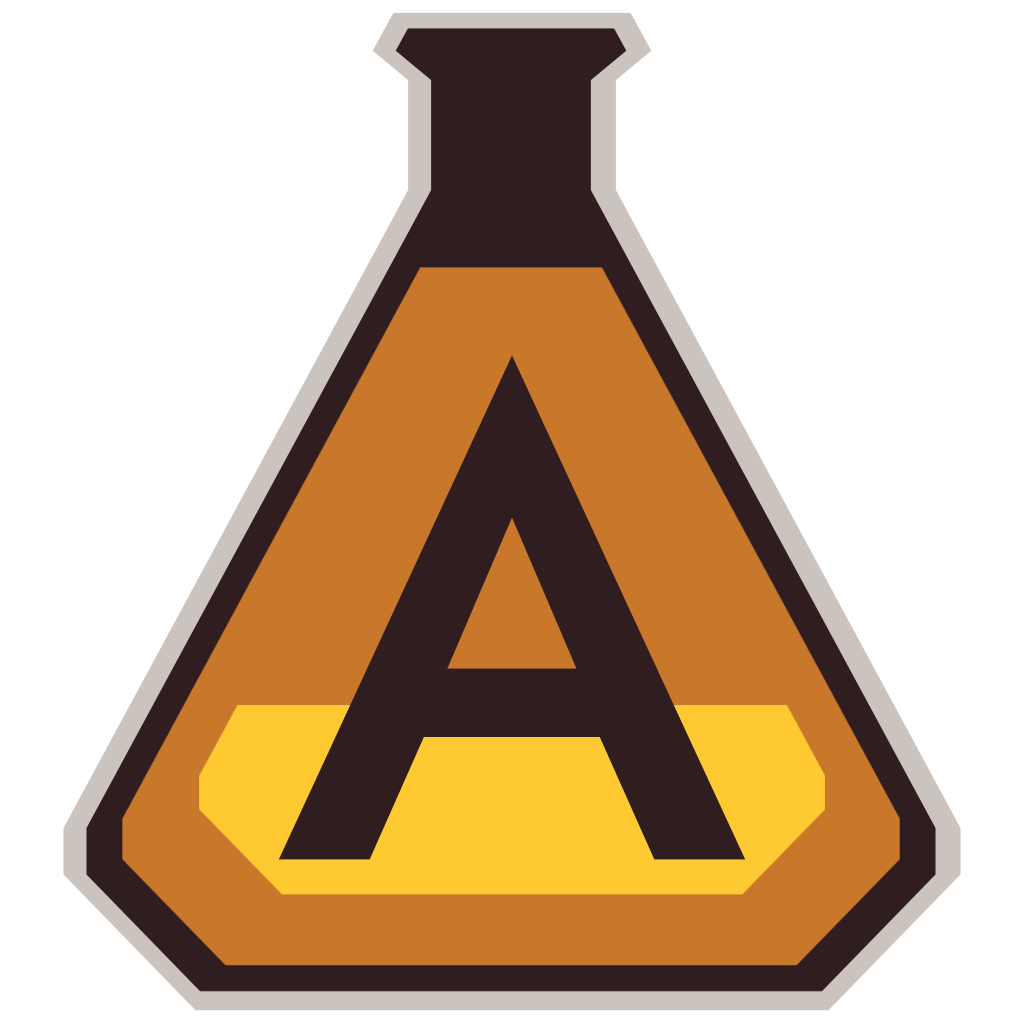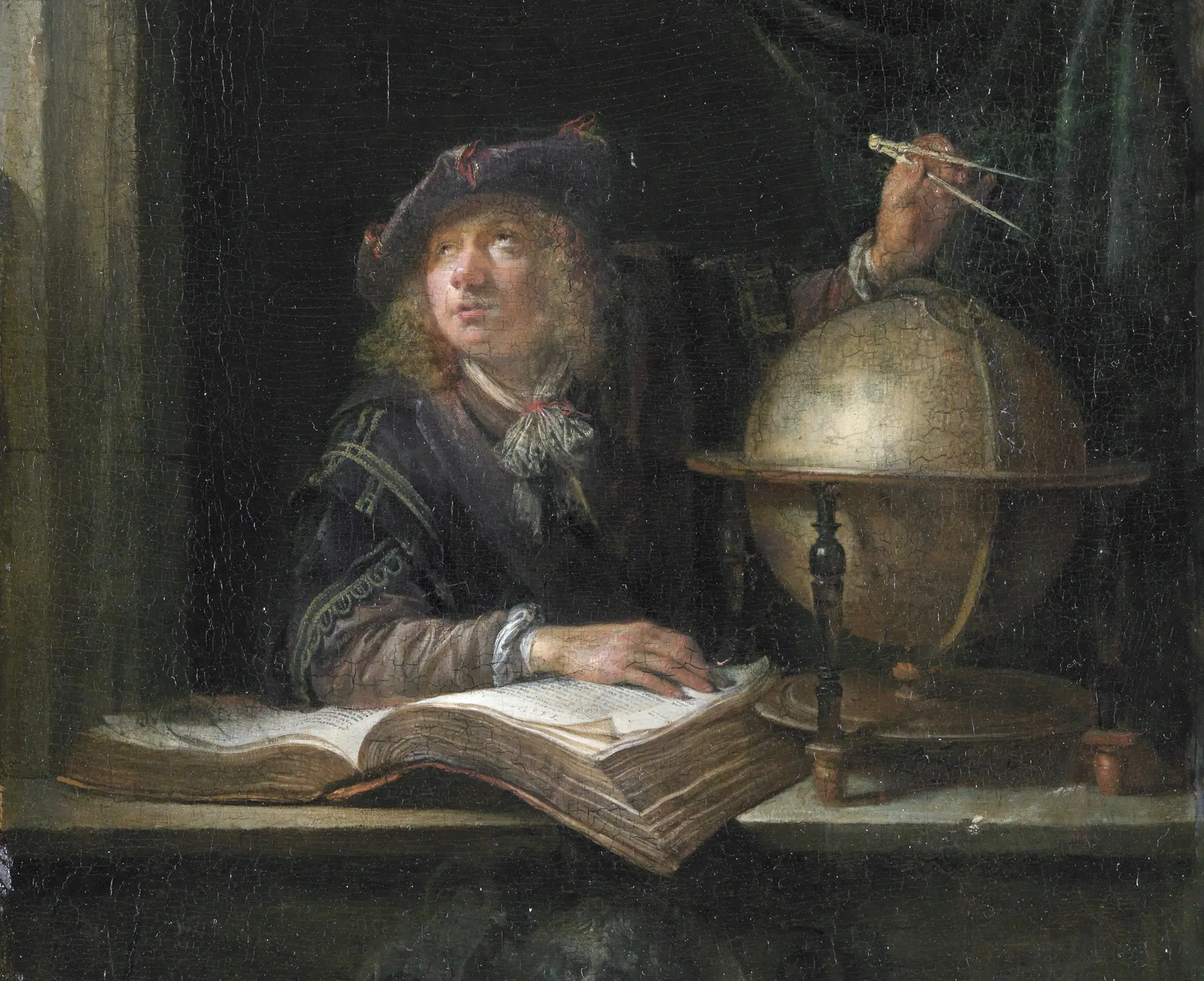Great tabletop stories feel discovered, not delivered. Players believe they are detectives uncovering hidden truths through their own smarts. They are right, but they are also seeing something you carefully built. The mystery they solve exists because you made it, piece by piece.
A lot of adventures fail because they get structure wrong. Railroad adventures treat players like train passengers. Every stop is planned, and going off track spells trouble. Players feel those invisible walls pushing them toward scripted encounters. They want to explore the forest, but the adventure says they must visit the tavern. Everyone gets frustrated.
The opposite approach creates different problems. Pure improvisation makes the game master juggle random encounters and hope they add up. Players make choices, but those choices lead nowhere special because there is nowhere to go. The world feels empty because it is empty.
But there is a third way that changes everything.
Building the Network
Treat your adventure as a puzzle to explore. A network of connected nodes, where every node connects to other nodes in ways that make sense. The crooked judge takes money from smugglers, but he also owes money to the crime family that works from the old temple. His sister runs the shop where someone bought poison, and his secret records are hidden in the same warehouse where stolen goods are stored.
These connections are not random. They come from asking simple questions: Who benefits? Who knows? Who owes money to whom? Who is afraid of what? The answers make a network that makes perfect sense when players find it, but gives them lots of ways to start looking.
When players check the judge’s money, they find gambling debts. When they watch the temple, they see goods moving around. When they talk to the shop owner, they learn about weird purchases. Every path goes somewhere useful because every node fits with the rest.
This approach draws heavily from Justin Alexander’s work on node-based design at The Alexandrian, which has been a major inspiration for Alkemion Studio. Alexander helped codify this flexible approach in terms that resonated deeply with me, and I’m sure with many adventure designers.
This changes how you prep adventures. Instead of writing scenes in order, you map relationships between nodes. Instead of planning what will happen, you get ready for what might happen. Your notes become less about exact words and more about how each node works with every other node.
The judge becomes more than just a bad guy waiting to get caught. He becomes part of a system, tied to family, money troubles, criminal contacts, and personal fears. When players poke at any of these nodes, they naturally find others. The story builds itself through logical investigation.
Players feel this right away. The world feels real because the connections are real. When they find out the judge’s sister is selling poison to her brother’s criminal buddies, it works because people actually do this stuff. Families protect each other even when someone makes awful choices.
Freedom Through Structure
This helps with one of the trickier parts of adventure design: the fight between player choice and story logic. Traditional adventures make game masters choose between letting players do what they want and keeping the story together. If players want to check the docks instead of the temple, does everything fall apart?
With the node-based approach, it does not matter. The docks connect to the temple through smuggling. The temple connects to the judge through his gambling debts. Every path leads into the same network.
Players feel free to explore because exploration always gives them something useful. They are not trying to guess what you want them to do. They follow their gut, knowing that digging into nodes will reveal important information. This makes the game feel different. Players shift from waiting for clues to actively seeking them.
Structure is not the same as control. Railroads control by demanding specific actions in order. Node networks structure by giving logical connections that work with any smart way of investigating. Structure stays hidden to players because it works through natural cause and effect, not forced plot stuff.
Building these adventures requires thinking differently. Start with the central problem or mystery, then ask who would realistically be involved. Map out their connections, their reasons for acting, their resources, their weak spots. Make links that make logical sense, not dramatic sense. Drama happens naturally when players deal with believable people in believable situations.
Write down these relationships clearly. Build a diagram that shows how each node connects to others. When players make unexpected connections, you can quickly see which threads they are pulling and where those threads lead. Your preparation becomes a tool for improvisation, not a script to follow.
The Living Story
This points toward something remarkable: stories that feel discovered instead of told. When players know they solved the mystery through their own work, they get something way better than hearing a story. They lived through a story they helped create.
This is what makes tabletop roleplaying games special: making meaningful stories together through structured play. Players bring curiosity and choices. Game masters bring the system that rewards both. Together, they discover stories that neither could have created alone.
Next time you design an adventure, think like someone mapping a conspiracy. Draw connections between nodes that seem unrelated. Ask who knows what, who owes money, who benefits. Build a network that makes perfect sense when revealed. Then let your players loose and watch them find their way to the truth.
The story they find will feel natural because it is natural in the world you have created. And when everything clicks, when players sit up with sudden understanding, it will feel earned because it was earned. They followed clues. They made connections. They solved the puzzle.
You just made sure there was a puzzle worth solving.



Leave a Reply